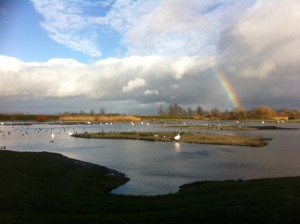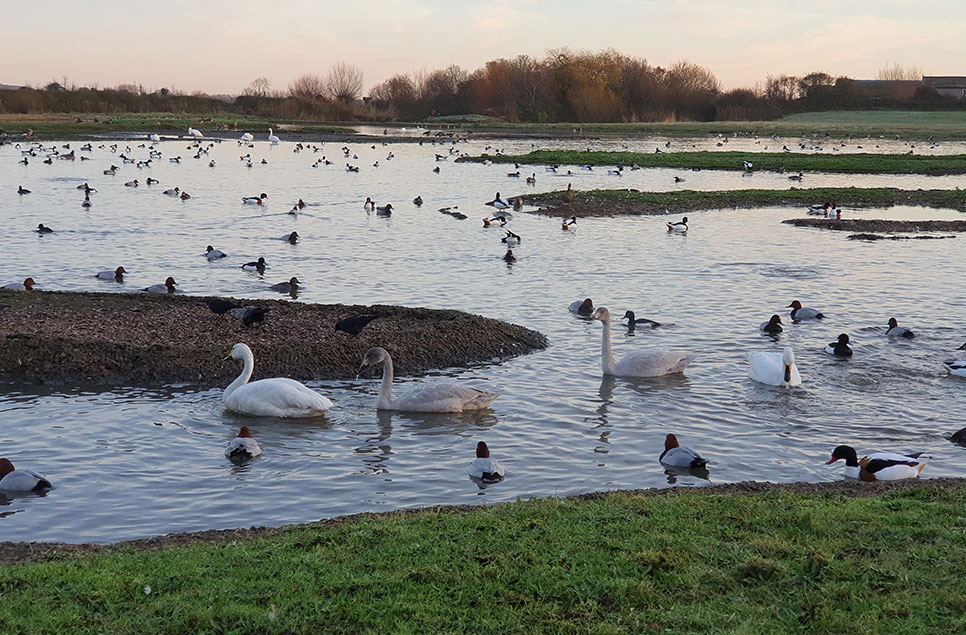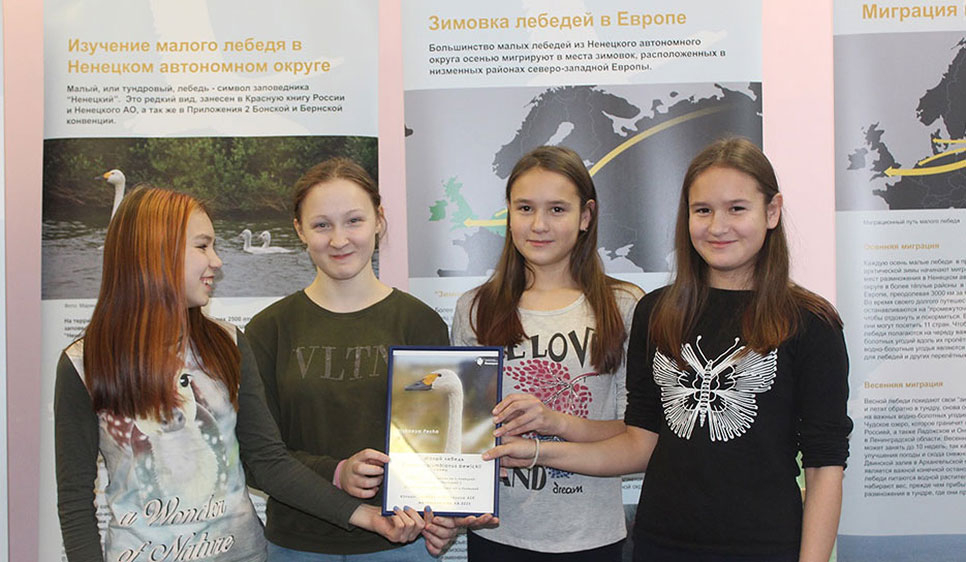Lowest number of swans at Slimbridge since 1965
You would be forgiven for thinking that a wet and windy autumn is in full swing with winter yet to arrive! These weather patterns are shaping what is turning out to be a memorable winter. The predominantly south-westerly winds and mild temperatures have mixed with rather random and unpredictable downpours. These conditions have not favoured migration and thus many swans have remained in Germany and other countries further east contributing to the lowest number of Bewick’s swans recorded between October and the end of December at Slimbridge since 1964. 176 individuals, each recognised by its unique bill pattern, have so far visited the reserve this winter compared to 244 swans recorded by the end of 2012. This is only beaten by the 87 swans that had visited the reserve by the end of 1965 but such numbers were expected in the 1960s as wild Bewick’s had only started spending their winters in Gloucestershire a few years earlier. Of course, all of this could change overnight with a north-easterly wind and plummeting temperatures causing a ‘swan-fall’ of 50 or more birds at once! For reasons not yet clear, the Northwest European population of Bewick’s swan has suffered a serious decline over the past two decades with numbers dropping from 29,000 birds in the mid-1990s to less than 20,000 birds now. It will be interesting to see how the rest of this winter pans out with the combined effects of ‘short-stopping’ and falling numbers.

Over the last few days, the sun and rain has come and gone and come again casting dramatic views across our wetlands. Just when I thought that we were in for another wild day at Slimbridge this morning, a break in the clouds between heavy showers created a vista hard to rival anywhere! The swans looked almost illuminous against the leaden skies and the waders swooped around the skies like glitter. Wetlands are of course at their best when they are drenched. And drenched they are! The swans, along with many other waterbirds, have been exploiting new temporary pools that have emerged after being soaked. Our reserve team work hard throughout the year to create the topography and waterflow systems that allow flooding in places that would be beneficial to waterbirds at certain times of year. For the swans, the grasses and sedges are easier to pull from soft, flooded ground and various drowned snails and insects are inevitably brought to the surface. Many of the swans are grazing on flooded salt marsh adjacent to the River Severn. It can be quite hard to keep track of the swans in these conditions as they may feed over a wider area. Nevertheless, most still seem to be supplementing their daytime feeding with the grain provided at 4pm every afternoon and there are 122 swans on site today so plenty to see!



